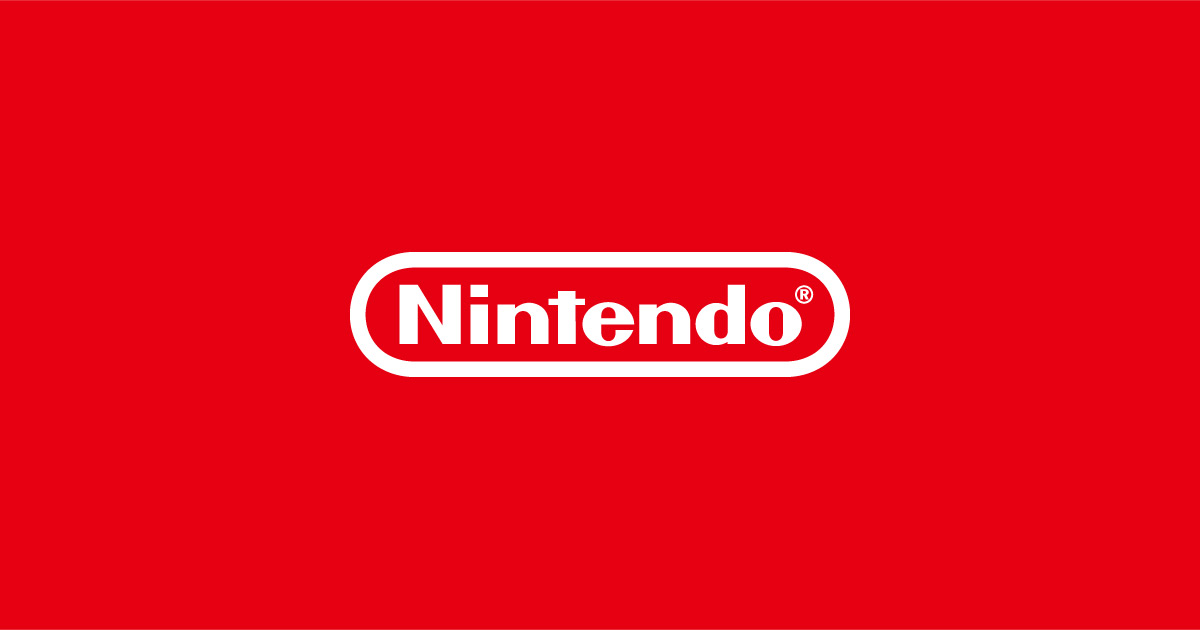The familiar A, B, X, and Y button configuration has become synonymous with console controllers, especially those produced by Nintendo.
This setup, beloved by millions, is found on classic systems like the Super Nintendo Entertainment System (SNES) and has since influenced modern platforms such as the Nintendo Switch, Xbox, and even the Steam Deck.
While Sony’s PlayStation controllers use iconic shapes instead of letters, Nintendo’s alphabetical arrangement established an industry norm that’s endured for decades. The story of why these particular letters—A, B, X, and Y—were chosen, instead of a more consecutive set like A, B, C, and D, traces directly back to Nintendo’s pioneering design decisions in the early 1990s.
The SNES was one of the earliest game consoles to standardize this button arrangement, a layout that quickly became the default for action games worldwide.
Notably, other manufacturers experimented with their own systems: the Sega Genesis controller featured A, B, and C buttons, while SNK’s Neo Geo went as far as A, B, C, and D.
Despite these alternatives, Nintendo’s approach ultimately set the template, shaping both the look and feel of modern gaming controllers. A telling piece of history comes from a 1993 issue of Nintendo Power magazine, where reader Kyle Milner questioned the button labeling convention.
In response, Nintendo acknowledged that the arrangement was influenced by the company's use of Computer Aided Design (CAD) systems during the development phase.
This design methodology prioritized ergonomic placement and functional grouping, resulting in the now-iconic combination of A, B, X, and Y.
Interestingly, early prototypes of the Super Famicom controller—predecessor to the SNES in Japan—did experiment with an A, B, C, and D layout before settling on the configuration recognized today. Nintendo’s decision impacted the entire industry.
For example, when Sega expanded the Genesis controller, it introduced X, Y, and Z buttons, adopting some elements from Nintendo’s schema.
The Sega Saturn later combined these approaches, incorporating A, B, C, X, Y, and Z on its main controller, before standardizing on A, B, X, and Y for some Saturn models.
The influence is clear in contemporary devices as well—Microsoft’s Xbox series and Valve’s Steam Deck also employ variants of Nintendo’s classic button labeling, though sometimes reorder the positions.
The enduring legacy of the A, B, X, and Y layout is a testament to Nintendo’s forward-thinking approach to both usability and design.
It is a configuration that melds historical influence with practical considerations, having defined the tactile experience of generations of gamers around the world.
For players and industry watchers alike, understanding the roots of such familiar elements helps highlight how early decisions can shape the course of gaming hardware evolution for decades.
This setup, beloved by millions, is found on classic systems like the Super Nintendo Entertainment System (SNES) and has since influenced modern platforms such as the Nintendo Switch, Xbox, and even the Steam Deck.
While Sony’s PlayStation controllers use iconic shapes instead of letters, Nintendo’s alphabetical arrangement established an industry norm that’s endured for decades. The story of why these particular letters—A, B, X, and Y—were chosen, instead of a more consecutive set like A, B, C, and D, traces directly back to Nintendo’s pioneering design decisions in the early 1990s.
The SNES was one of the earliest game consoles to standardize this button arrangement, a layout that quickly became the default for action games worldwide.
Notably, other manufacturers experimented with their own systems: the Sega Genesis controller featured A, B, and C buttons, while SNK’s Neo Geo went as far as A, B, C, and D.
Despite these alternatives, Nintendo’s approach ultimately set the template, shaping both the look and feel of modern gaming controllers. A telling piece of history comes from a 1993 issue of Nintendo Power magazine, where reader Kyle Milner questioned the button labeling convention.
In response, Nintendo acknowledged that the arrangement was influenced by the company's use of Computer Aided Design (CAD) systems during the development phase.
This design methodology prioritized ergonomic placement and functional grouping, resulting in the now-iconic combination of A, B, X, and Y.
Interestingly, early prototypes of the Super Famicom controller—predecessor to the SNES in Japan—did experiment with an A, B, C, and D layout before settling on the configuration recognized today. Nintendo’s decision impacted the entire industry.
For example, when Sega expanded the Genesis controller, it introduced X, Y, and Z buttons, adopting some elements from Nintendo’s schema.
The Sega Saturn later combined these approaches, incorporating A, B, C, X, Y, and Z on its main controller, before standardizing on A, B, X, and Y for some Saturn models.
The influence is clear in contemporary devices as well—Microsoft’s Xbox series and Valve’s Steam Deck also employ variants of Nintendo’s classic button labeling, though sometimes reorder the positions.
The enduring legacy of the A, B, X, and Y layout is a testament to Nintendo’s forward-thinking approach to both usability and design.
It is a configuration that melds historical influence with practical considerations, having defined the tactile experience of generations of gamers around the world.
For players and industry watchers alike, understanding the roots of such familiar elements helps highlight how early decisions can shape the course of gaming hardware evolution for decades.





